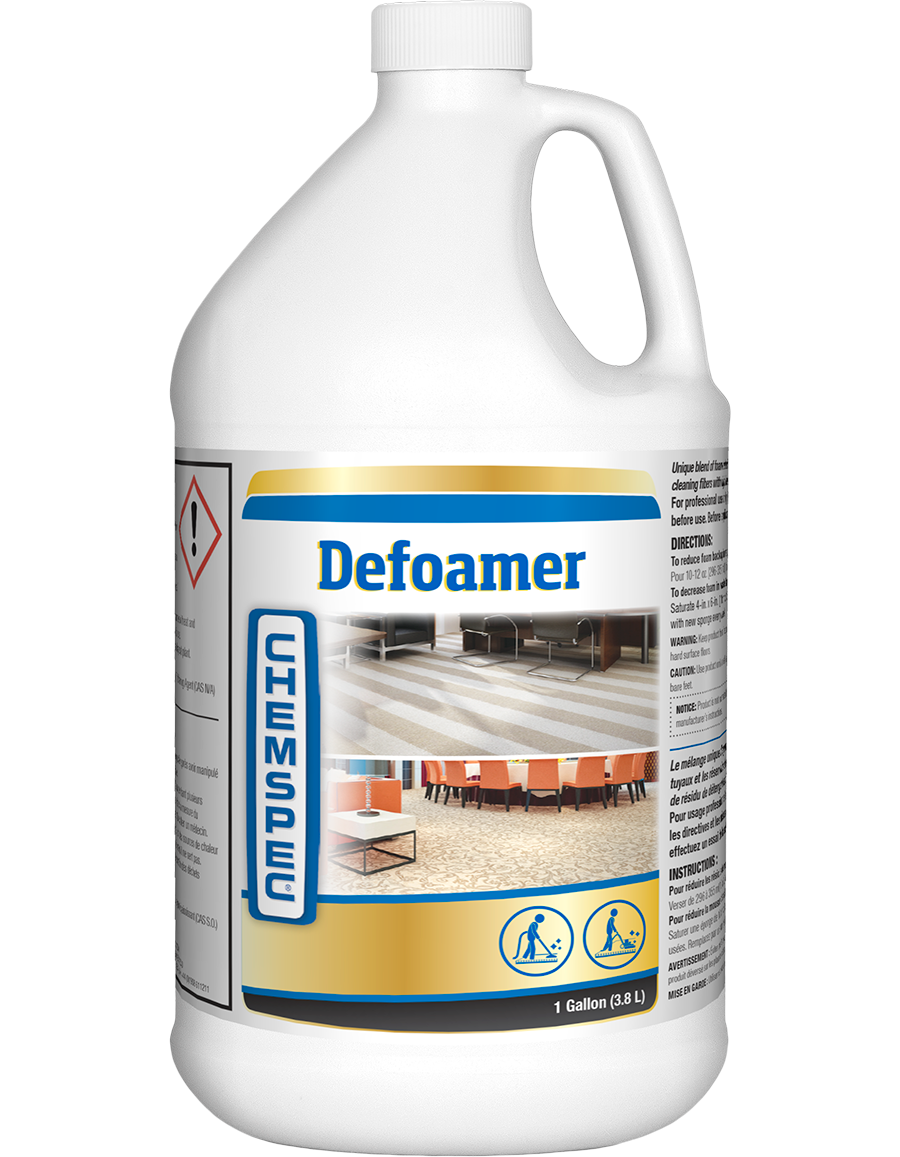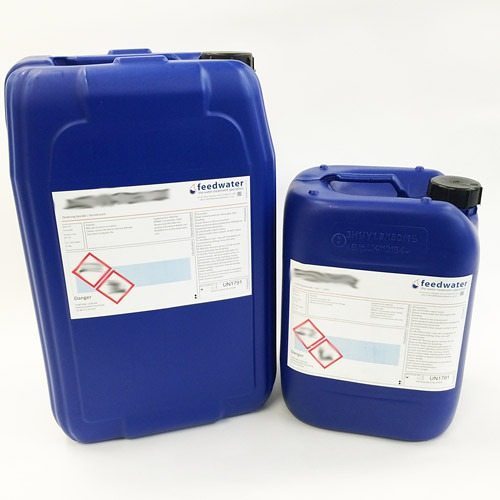How Chemical Defoamer Helps Enhancing Productivity in Different Industries
Understanding Exactly How a Chemical Defoamer Functions to Boost Industrial Processes
Chemical defoamers play a critical function in optimizing commercial procedures by properly reducing foam-related difficulties. Their capability to reduced surface area stress and disrupt bubble formation translates into smoother procedures and enhanced efficiency. However, the systems behind their action and the range of readily available solutions necessitate a closer examination. Chemical Defoamer. Comprehending these facets might expose considerable insights into not only improving production yet likewise attaining cost financial savings throughout numerous markets. What continues to be to be explored is how these defoamers can be tailored to fulfill details functional needs.
What Is a Chemical Defoamer?
A chemical defoamer is a compound particularly formulated to reduce or remove the formation of foam in numerous commercial processes. Frothing can hinder production effectiveness, influencing the quality and performance of items in markets such as food and beverage, drugs, and wastewater treatment. Defoamers are essential in these applications, as excessive foam can cause functional obstacles, such as overflow, decreased mixing effectiveness, and hindered warmth transfer.
These representatives generally contain a mix of surfactants, oils, and other ingredients that work to undercut the foam framework. They are made to swiftly migrate to the foam's surface area, efficiently damaging the surface stress and allowing for the collapse of bubbles. The option of a suitable defoamer is essential, as different solutions may be customized for specific procedures or sorts of foam (Chemical Defoamer). Aspects such as compatibility with other components, temperature stability, and the desired application play a considerable role in the performance of a defoamer.
Systems of Defoaming Activity
The systems of defoaming action include intricate communications in between the defoamer and the foam structure. When a defoamer is introduced to a lathering system, it moves swiftly to the surface area of the foam bubbles, displacing the maintaining representatives that contribute to foam stability.
As smaller bubbles merge into bigger ones, the overall stability of the foam diminishes. Additionally, certain defoamers may include hydrophobic elements that improve their capability to destabilize the foam by producing a barrier that inhibits bubble development. This twin activity-- surface area tension reduction and destabilization-- permits a much more efficient break down of foam.

Moreover, the thickness and dispersing attributes of the defoamer play crucial roles in its performance. A well-formulated defoamer will certainly make sure fast migration and optimum efficiency, lessening foam formation during commercial processes. By understanding these mechanisms, industries can much better choose and apply chemical defoamers to improve functional effectiveness and product top quality.
Sorts Of Chemical Defoamers
Chemical defoamers can be categorized right into a number of types, each customized to details applications and foam challenges. The main classifications consist of silicone-based, non-silicone-based, and powder defoamers.
Silicone-based defoamers are extremely effective as a result of their capability to spread swiftly across fluid surface areas. They offer outstanding foam reductions and stability, making them ideal for different industrial applications, consisting of finishings and adhesives. Non-silicone-based defoamers, on the various other hand, typically count on organic substances like fats or esters. These are specifically favored in food and drink industries as a result of their reduced poisoning and regulative compliance.
Powder defoamers are composed of solid bits that can be contributed to dry procedures or formulations. They are frequently used in procedures where liquid defoamers may not work, offering an a fantastic read one-of-a-kind service for certain applications, such as in the production of specific sorts of plastics or powders.
Furthermore, each kind of defoamer can be personalized with numerous additives to improve performance, such as emulsifiers or surfactants, enabling convenience in addressing different lathering circumstances across multiple markets.
Applications in Industrial Processes

In the food and beverage sector, defoamers are crucial throughout the production of juices, beers, and milk products, where too much foam can impede mixing and purification processes. By lowering foam formation, defoamers help preserve consistent item quality and maximize processing times.
In drugs, the existence of foam throughout the mixing and solution of medications can affect dosage accuracy and item stability. Defoamers ensure smooth operations, thereby assisting in the production of top notch pharmaceuticals.
Wastewater therapy centers likewise depend on defoamers to control frothing in aeration storage tanks, which can or else decrease therapy efficiency and make complex sludge handling. By properly managing foam, these chemicals improve the total performance of therapy procedures and add to regulatory compliance.

Advantages of Utilizing Defoamers
While foam can provide considerable challenges across numerous sectors, making use of defoamers uses various benefits that enhance functional performance and product integrity. Defoamers effectively reduce or remove foam formation, causing smoother manufacturing processes and improved item high quality. This reduction in foam minimizes disturbances during manufacturing, permitting for constant operation and increased throughput.
In addition, the application of news defoamers can cause cost savings by decreasing the demand for excess raw products and energy intake connected with foam management. By maximizing the production procedure, makers can achieve greater yields and reduced waste, eventually boosting earnings.
Additionally, defoamers add to better tools performance. Foam build-up can result in obstructing, overflow, and devices wear, causing expensive downtime and upkeep. By stopping these issues, defoamers prolong the life-span of equipment and minimize functional expenses.
Conclusion

A chemical defoamer is a substance specifically developed to decrease or eliminate the development of foam in various commercial processes. When a defoamer is presented to a foaming see post system, it migrates swiftly to the surface of the foam bubbles, displacing the maintaining agents that add to foam security. A well-formulated defoamer will make certain fast migration and optimal efficiency, reducing foam development during commercial procedures. Defoamers successfully reduce or remove foam formation, leading to smoother manufacturing processes and enhanced product high quality.In conclusion, chemical defoamers play a crucial duty in improving commercial processes by successfully lowering foam formation.